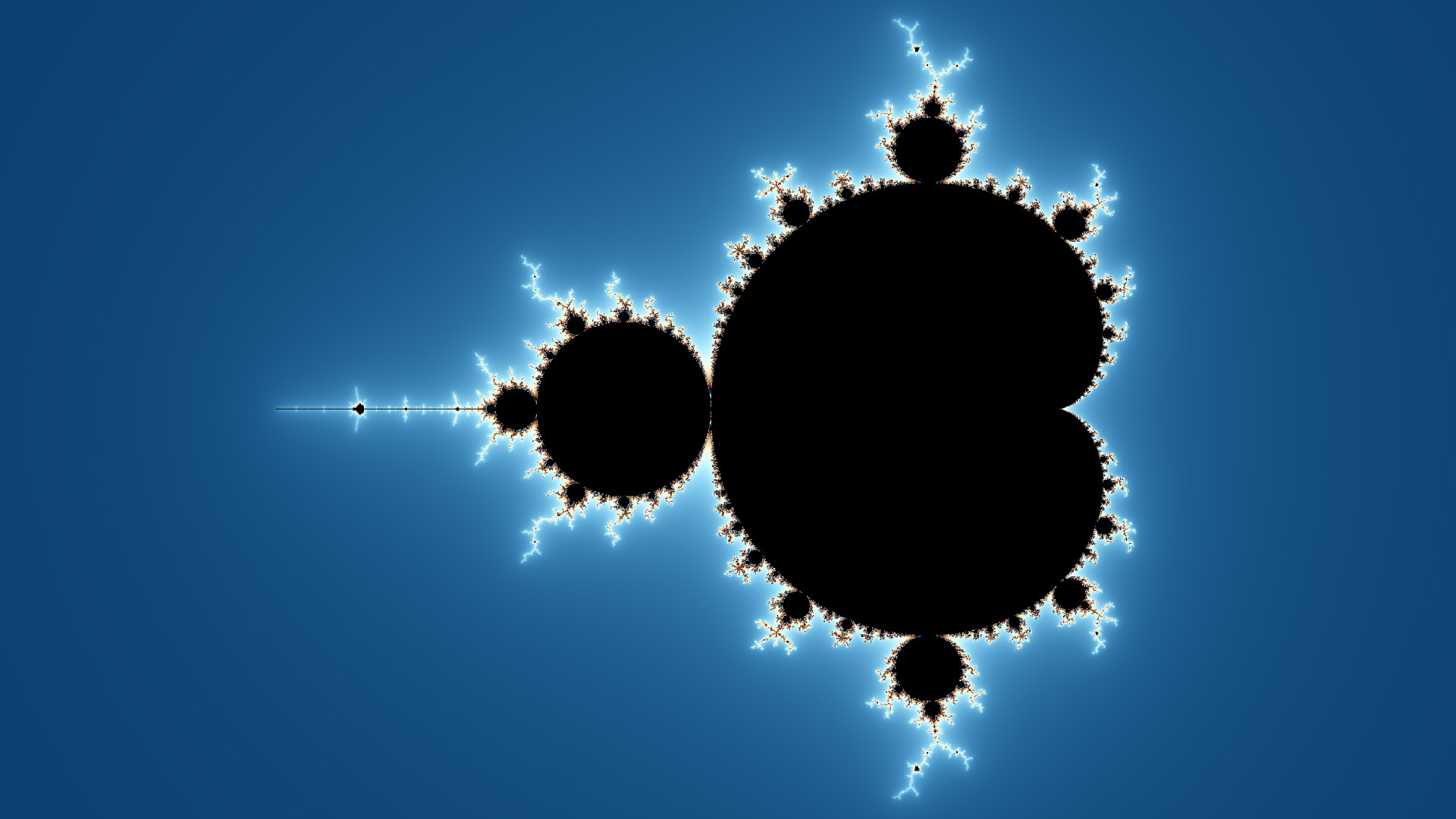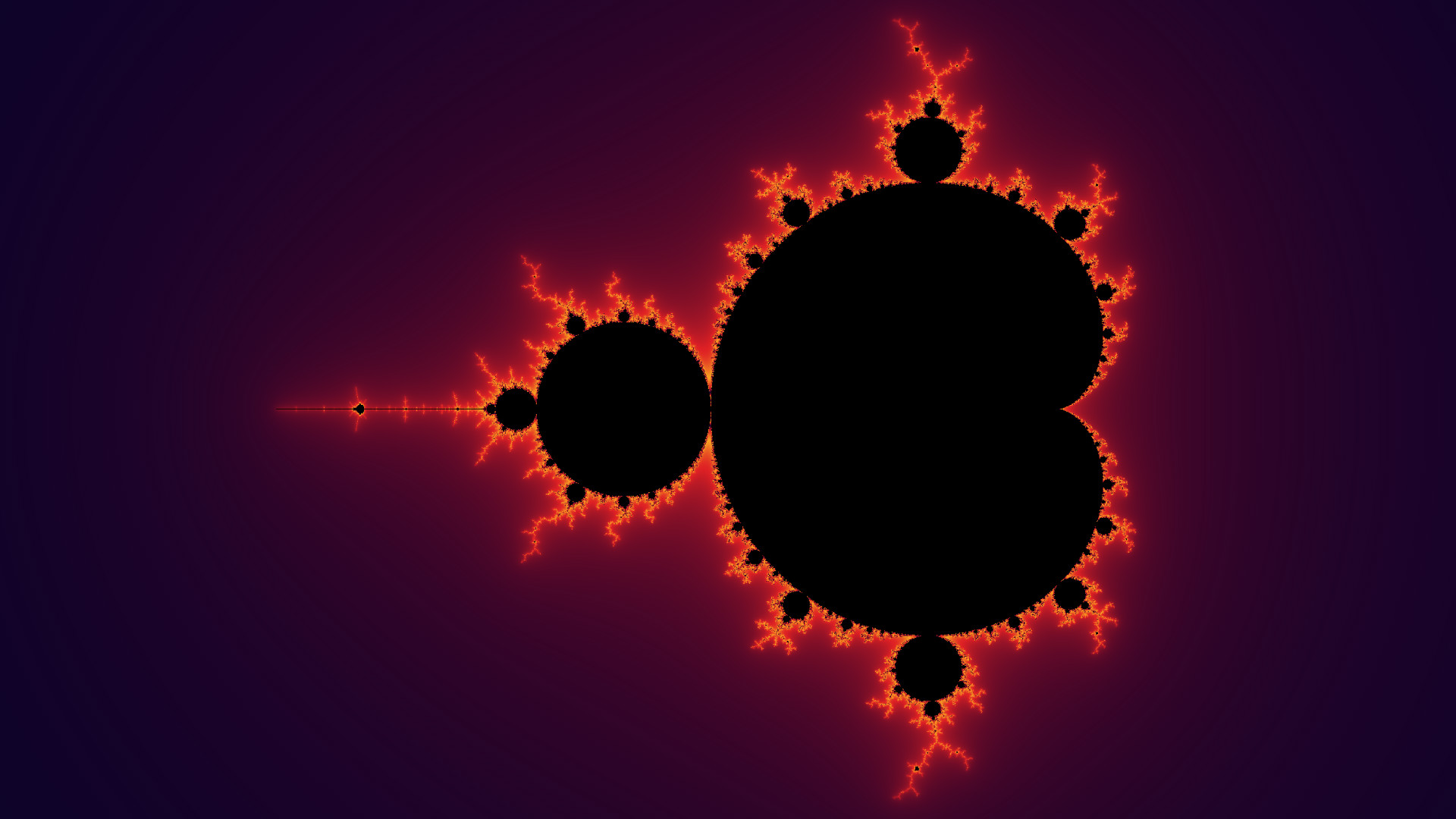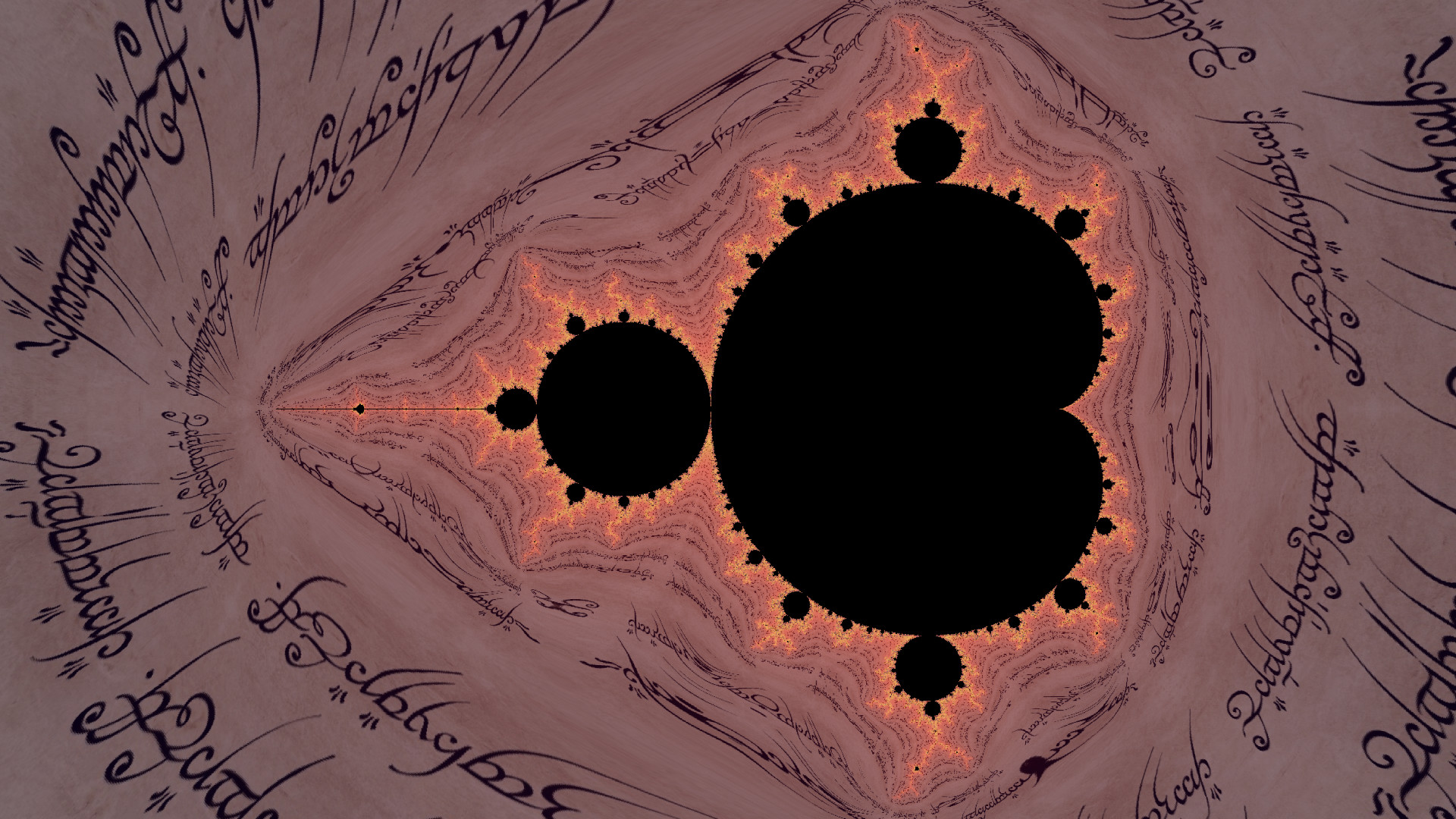Computing Still Images¶
In this tutorial, you will learn how to create still images using the DeepDrill toolchain.
Computing the Mandelbrot Set¶
We start by computing a top view of the entire Mandelbrot set. To compute the image, we need to tell DeepDrill the location of the object. This is done by passing a configuration file as a command line parameter. All configuration files carry the .ini extension because DeepDrill uses a structured key-value syntax for customization. A predefined location file for the title image is stored in the locations directory under top.ini. Before we continue, let’s peek inside this file:
[location]
real = -0.7
imag = 0.0
zoom = 1.7
depth = 1000
Four key-value pairs are defined. The first two define the position of the center coordinate on the complex number plane. The third pair defines the magnification factor and the fourth pair defines the maximum number of iterations. If an orbit has not yet broken out at the time this iteration is performed, the corresponding point is considered part of the Mandelbrot set.
Assuming the current directory is the build directory, we can start DeepDrill by executing the following command at the command line:
./deepdrill -o image.map top.ini
The following output is generated:
DeepCDrill 3.1 - (C)opyright Dirk W. Hoffmann
Running the area check: ................................. 1.09 sec
Round 1: 1784039 points remaining
Computing reference orbit: ................................. 0.00 sec
Computing coefficients: ................................. 0.00 sec
Checking probe points: ................................. 0.00 sec
Computing delta orbits: ................................. 1.47 sec
All rounds completed: 0 unresolved
Preparing map file: ................................. 0.05 sec
Compressing map file: ................................. 0.62 sec
Saving map file: ................................. 0.00 sec
Total time: 3.31 sec
Note that we have not generated the image directly. Instead, we computed a so-called map file, which stores various information about the orbit of each pixel. The creation of the map file is the first phase of a two-step process. In the second phase, the map file is converted into an image. This is done by specifying a map file as input and an image file as output.
./deepdrill -o image.jpg image.map
The following output is generated:
DeepCDrill 3.1 - (C)opyright Dirk W. Hoffmann
Loading map file: ................................. 0.00 sec
Uncompressing map file: ................................. 0.09 sec
Extracting channels: ................................. 0.03 sec
Running GPU shaders: ................................. 0.02 sec
Saving image: ................................. 0.02 sec
Total time: 0.25 sec
Besides JPG images, DeepDrill also supports images of type BMP and PNG.
By default, DeepDrill creates a 1920 x 1080 image with a predefined color palette and other default settings:

Customizing the Computation¶
All settings can be customized by specifying one or more key-value pairs. The simplest way to define such a pair is to pass it in as a command line parameter. For example, the following invocation instructs DeepDrill to create the image in 4K resolution:
./deepdrill -o top.jpg image.width=3840 image.height=2160 top.ini
This example also demonstrates the possibility of going directly from a location file to an image. In this case the map file is only created internally and not written to disk. Since rendering the map file is by far the most time-consuming part, saving map files to disk is the preferred method if a single map file is to be rendered multiple times, e.g. with different color palettes.
Another way of passing in key-value pairs is by putting the keys in a seperare configuration file. E.g., the profiles folder contains a predefined profile named 4K.ini with the following content:
[image]
width = 3840
height = 2160
DeepDrill accepts any number of configuration files as input. This means that we can simplify the calculation of our 4K image with the following command:
./deepdrill -o top.jpg 4K.ini top.ini
Note that the old value of a key-value pair is overwritten if it is specified multiple times. All configuration files are processed in the same order as they appear in the argument list.
Recoloring the Image¶
Next, we want to compute the Mandelbrot image with a different color palette. In this example, we use the vulcano palette which one several predefined palettes.
./deepdrill top.map -o image.jpg palette.image=vulcano.png
Now, the following image is produced:

Working with Overlays¶
In addition to colorizing pixels with the colors from a palette image, DeepDrill is able to superimpose the result with an overlay texture. In the following example, we use the ‘elvish’ image which is one of several predefined overlay textures.
./deepdrill top.map -o image.jpg palette.image=vulcano.png texture.image=elvish.jpg
This produces the following result:
